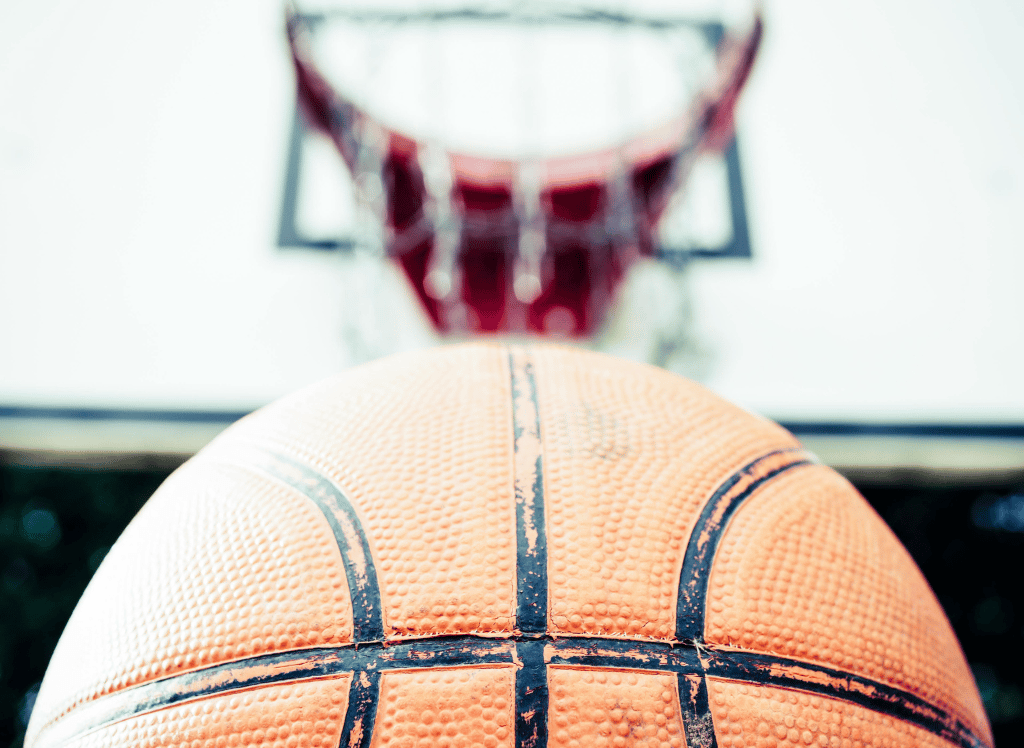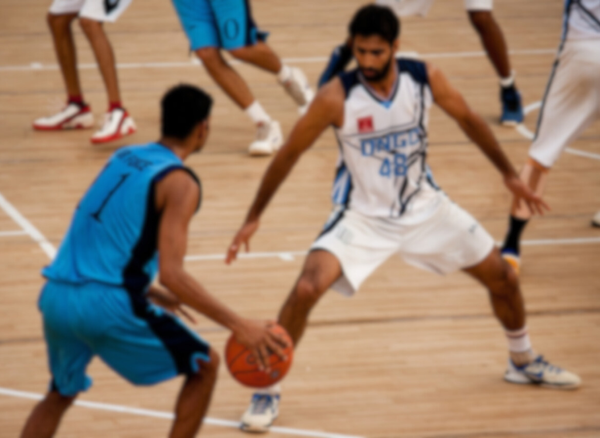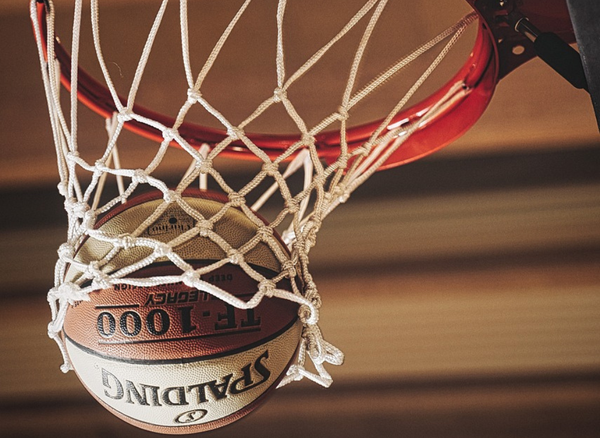In the quest to pinpoint the best position in basketball, context is key. Depending on team dynamics, individual talent, and gameplay evolution, the answer shifts. This post cuts through the ambiguity, spotlighting the strategic significance and roles that define each position’s potential to be the best on the court. Whether you’re strategizing a winning team or choosing your position, discover which role could take your game to the next level.
The Importance of Each Position
In the realm of five traditional basketball positions, there are roles that form the backbone of any team:
- point guard
- shooting guard
- small forward
- power forward
- center
Understanding these positions is crucial for player development and fostering the sport’s love among budding players. Whether it’s the agility of the point guard, the defensive prowess of the center, or the versatility of the small forward, each player brings to the table a set of skills that shape the game’s outcome.
Knowing the importance of these positions paves the way for a deeper appreciation of basketball and its intricacies.
Point Guard Mastery
As the playmaker and leader of the team, the point guard position holds a significant role in any basketball game. Point guards must demonstrate control, agility, speed, and endurance, as point guards pass the ball effectively to their teammates.
But beyond the physical capabilities, a top-notch point guard possesses a high basketball IQ and a strong desire to win. Their ability to place the team’s needs first and foster excellent team chemistry is what truly sets them apart, contributing to the team’s overall success on the court.
Excelling as a Shooting Guard
Shooting guards are the team’s offensive powerhouses. They’re responsible for:
- Outside shooting
- Scoring
- Ball handling
- Playmaking
- Utilizing their proficiency in dribbling
- Solid defensive skills
But it’s not just about scoring; a shooting guard’s role extends to defense, often requiring the versatility to guard multiple positions, including the guard positions.
Legendary players such as Michael Jordan and Kobe Bryant have left indelible marks on the game, underscoring the significant impact a skilled shooting guard can have on the game’s outcome.
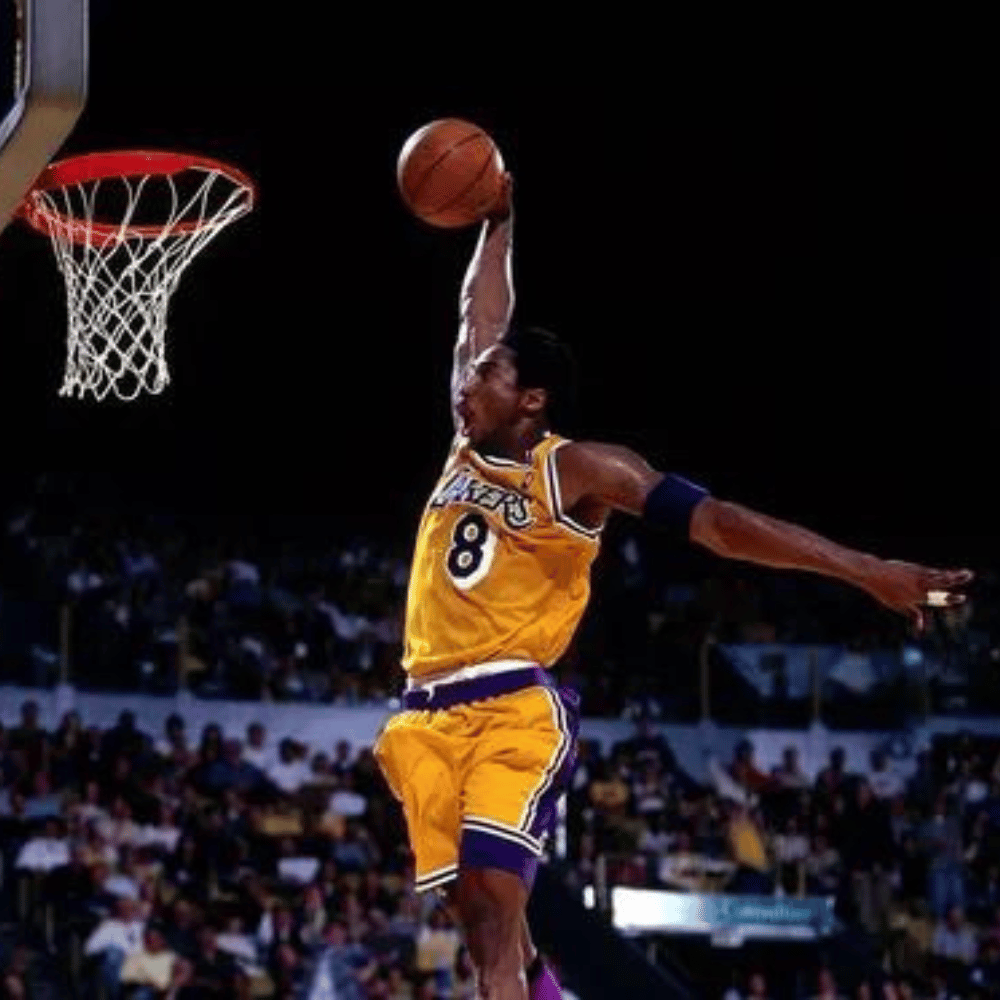
These players have set the bar high, showcasing the perfect blend of scoring ability, defensive skills, and a knack for critical decision-making.
The Versatility of Small Forwards
The small forward position is a testament to the versatility that basketball demands. These players require a blend of shooting, driving to the basket, and the ability to defend multiple positions due to their mix of size, strength, and agility.
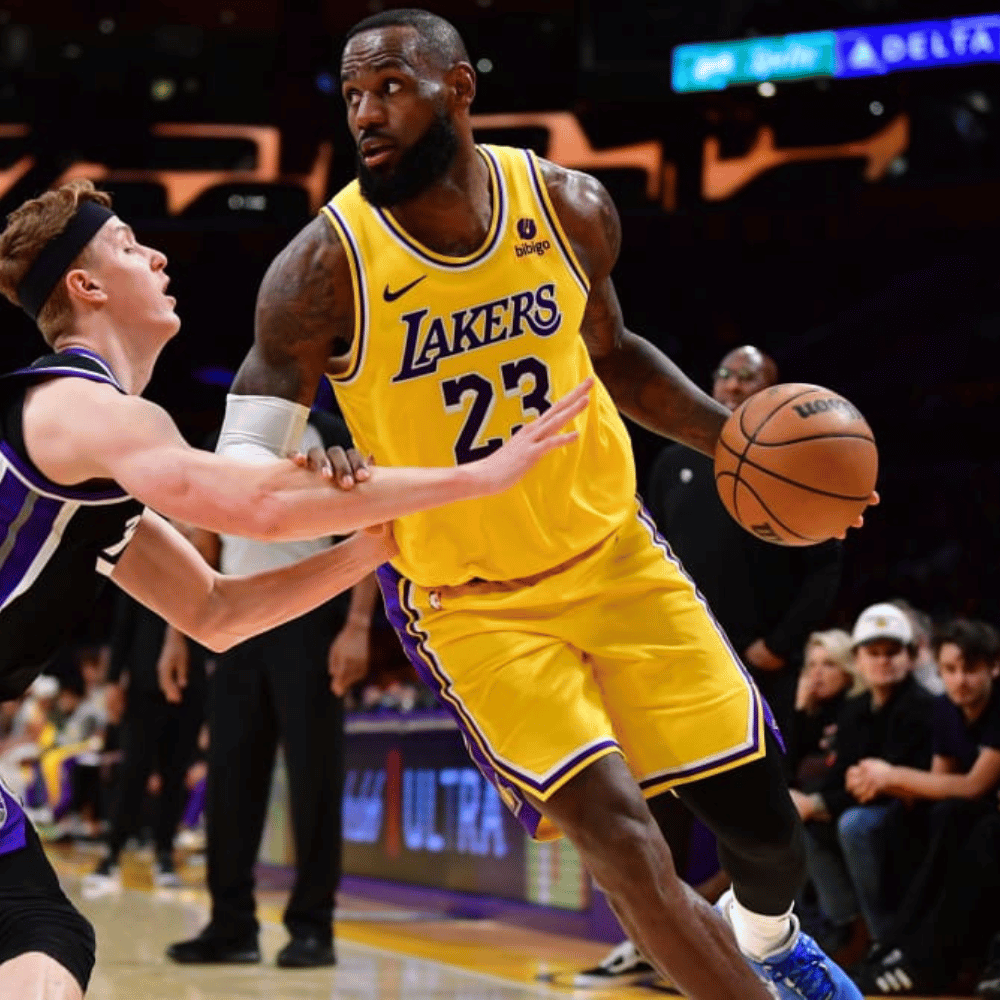
Legendary players like LeBron James and Larry Bird exemplify the small forward position’s impact, showcasing adaptability and athleticism on the court. They embody the perfect balance of speed, power, and technique, making them a formidable force on any basketball team.
Power Forward Dominance
Known for their strength and physicality, power forwards are a force to reckon with on the basketball court. They are anchors in the paint, known for their rebounding abilities, solid post game, and robust defensive skills.
In addition to their prowess near the basket, power forwards also extend their range to take longer shots and diversify their offensive responsibilities. This includes scoring, midrange jump shots, and even three-point shots. The evolution of the power forward position is a testament to the dynamic nature of basketball, where roles are continuously evolving to adapt to the game’s changing face.
Center: The Anchor of the Team
The center position in basketball is pivotal.
While they excel in the paint, they may not be as effective from the three point line.
The history of basketball features legendary centers like Kareem Abdul-Jabbar, Wilt Chamberlain, and Bill Russell, whose exceptional skills and leadership drove their teams to multiple championships. Their contributions have shaped the game, solidifying the center’s role as the team’s anchor and highlighting their critical role in the sport.
Combo Guards, Stretch Fours, and Swingmen
Modern basketball has seen the emergence of a new breed of players—those who defy traditional roles and excel in multiple positions. These players, known as combo guards, stretch fours, and swingmen, bring a unique blend of skills to the court.
Their adaptability adds strategic depth and complexity to the game, challenging the traditional approach to positions and pushing the boundaries of what players can do on the court. This evolution signifies a shift in basketball strategy, with teams increasingly adopting lineups that defy traditional position roles.
Developing Basketball IQ
Basketball is not just a test of physical prowess—it’s also a game of strategy, requiring a high level of understanding and awareness. This is where Basketball IQ comes into play, a blend of technical skills, game understanding, and accumulated experience.
Developing a high basketball IQ can significantly boost a team’s overall court performance, even if individual statistical sheets don’t show significant personal achievements. It’s all about:
- Seeing the bigger picture
- Making quick decisions
- Understanding the game’s flow
- Outsmarting the opponent at every turn
Future of the Game
The evolution of basketball has led to a shift towards positionless play. The traditional approach, where players stuck solely to their roles, is fading. In its place, players are adapting to different roles and excelling in multiple positions.
The rise of positionless basketball reflects a strategic shift in the sport. Players like Dirk Nowitzki, LeBron James, and Joel Embiid exemplify this trend, showcasing diverse skill sets that blur the lines between traditional positions. Their success on the court underscores the endless possibilities that arise when players are not confined to a single role.
Drills for Improving Skills by Position
Regardless of the position, every player can benefit from drills designed to enhance their skills. These drills focus on different aspects such as:
- Dribbling
- Shooting
- Passing
- Agility
These basketball drills allow players to improve their performance on the court, especially near the free throw line.
From guards enhancing their dribbling fundamentals with the Pound Dribbling drill to forwards and centers developing their drive and finishing moves with Ball Sweep Drives and Pump Fake Drive drills, there is a specific drill designed to enhance every aspect of the game. The key is consistent practice and a commitment to continuous improvement.
Finding Your Ideal Position
Identifying one’s strengths, weaknesses, and physical characteristics is crucial when determining the most suitable basketball position. It’s about aligning your physical attributes and on-court skills with the specific demands of each basketball role.
Players like Giannis Antetokounmpo exemplify the importance of honing physical and skill attributes to fit the right basketball role. His emergence as a star player, stemming from his growth and dedication, serves as inspiration for players aspiring to find their place in the sport.
Best Basketball Position FAQs
What is position 1 in basketball?
Position 1 in basketball is known as the point guard (PG) and requires substantial ball handling skills, the ability to facilitate the team during a play and strong leadership. Successful point guards study the game and know all of the plays.
What is the role of the small forward?
The small forward's role is to contribute offensively and defensively, possessing a combination of skills typical of both guards and forwards. They must be versatile, able to shoot, drive to the basket, and defend multiple positions.
What is positioning in basketball?
Positioning in basketball refers to the five designated positions on a team: point guard (PG), shooting guard (SG), small forward (SF), power forward (PF), and center (C). Players are assigned to positions based on their physique, ball handling, passing, and shooting skills.
How can I excel as a point guard?
To excel as a point guard, you should focus on combining dribbling and ball handling with agility, speed, and endurance, while also prioritizing team needs and having a strong desire to win for excellent team chemistry and overall game success.
What is positionless basketball?
Positionless basketball is a trend where players adapt to and excel in multiple positions, reflecting a strategic evolution in the sport. It allows players to not be confined to traditional roles.
Summary
As our journey through the various basketball positions and the evolution of the game comes to a close, it’s clear that the sport is much more than just shooting hoops. Each position brings unique skills, and understanding these roles is crucial for success, both for individual players and the team as a whole.
Whether you’re a budding player trying to find your place in the game or a seasoned fan looking to deepen your understanding of the sport, remember that basketball is a game of strategy, versatility, and continual growth. Embrace the learning process, keep refining your skills, and never stop pushing the boundaries of what you can achieve on the court.





